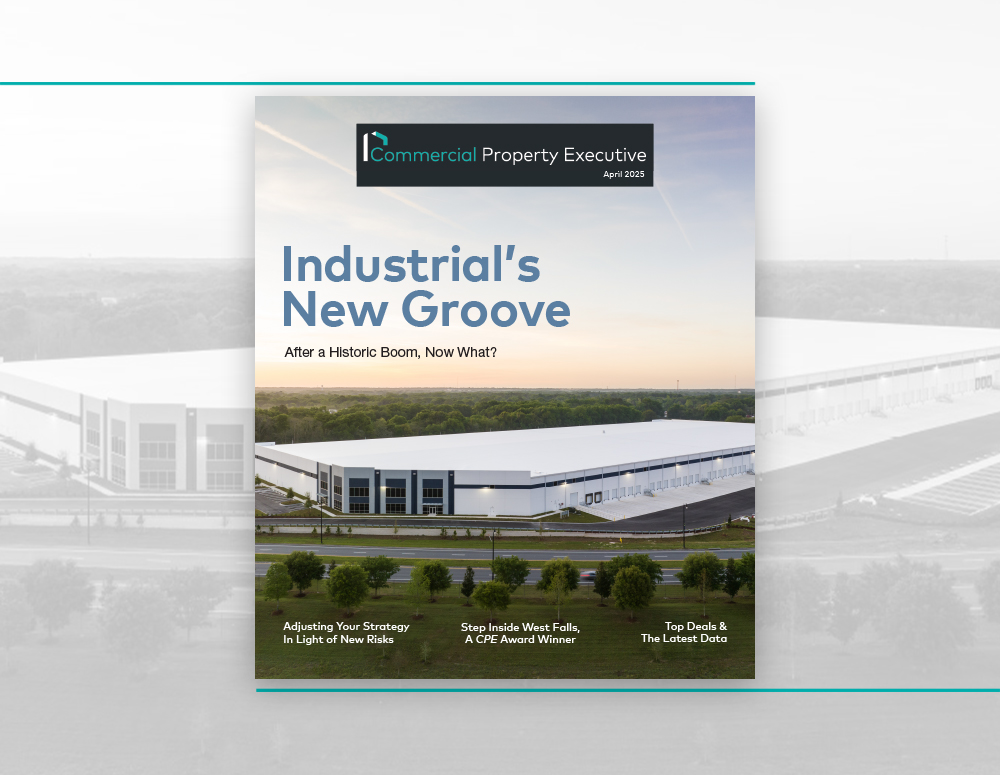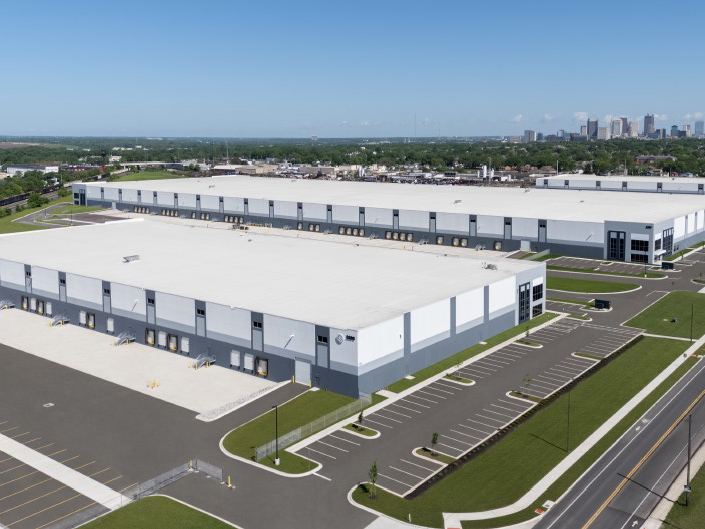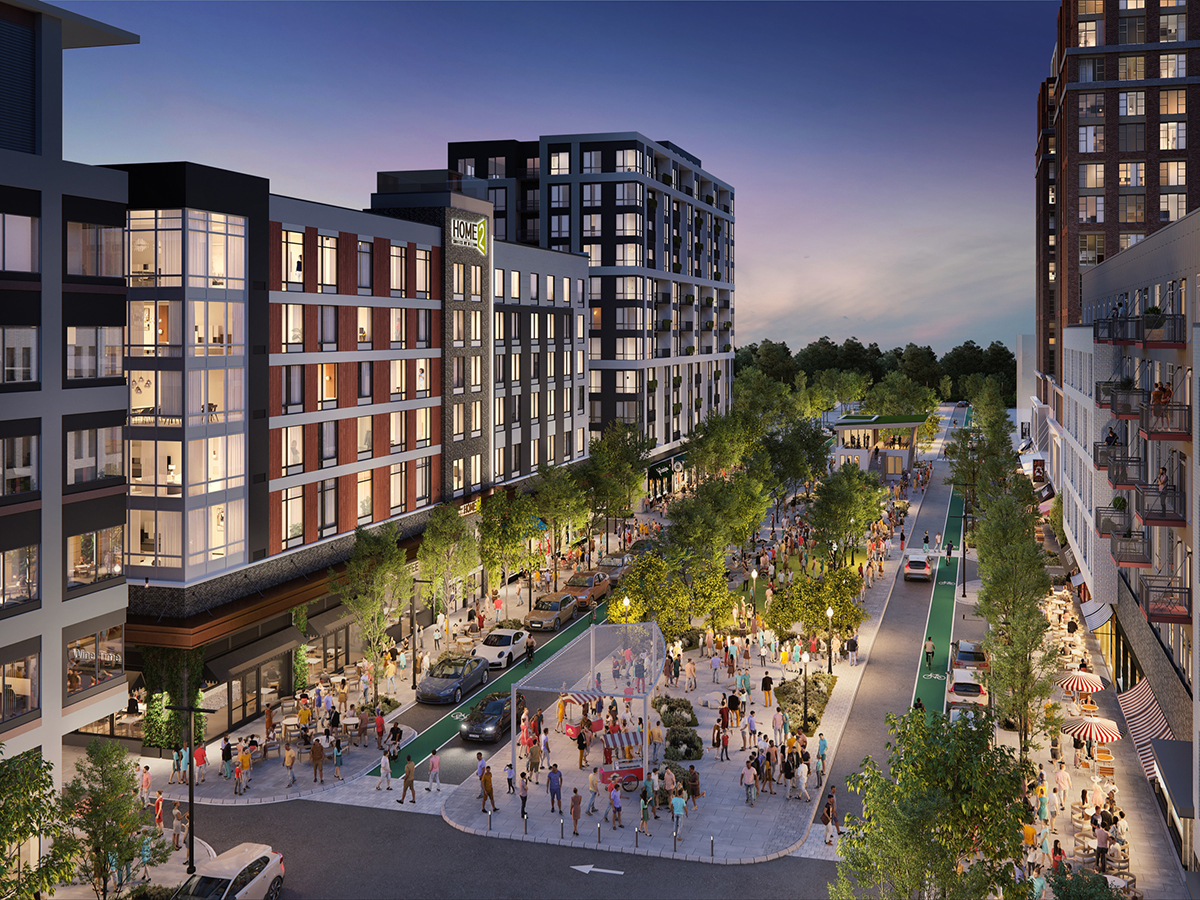What Are the Top 5 Manufactured Housing Investment Myths?
While this affordable asset type is gaining popularity, false assumptions and stereotypes still continue to influence some investors.

Image by Gerd Altmann via Pixabay
The manufactured housing sector is experiencing an increase in popularity among investors and tenants alike. As the pandemic aggravated an already deepening affordable housing crisis and the unemployment wave hit the retail, hospitality and leisure sectors the hardest, manufactured homes are deemed a viable solution to the housing crisis. According to the 2013 U.S. Census, some 20 million people lived in a manufactured home.
Most commonly known as “trailer” or “mobile homes”, modern manufactured homes are almost indistinguishable from single-family residences as they are built in compliance with HUD regulation. REITs and other large institutional investors—including Sam Zell’s Equity Lifestyle Properties—are entering a historical mom-and-pop dominated industry and taking advantage of value-add opportunities.
READ ALSO: Mobile Homes Move Into Investors’ Sights
The following list tackles the most common misconceptions about investing in manufactured housing. From financing to building quality and tenants, manufactured homes have evolved to be defined by affordability rather than mobility.
5. Hard to finance
One myth regarding manufactured homes is that they are troublesome to finance. While this used to be the case several years ago, the situation has changed with increased investment interest and now both GSEs and private lenders have ramped up financing manufactured housing. Fannie Mae alone closed $2.5 billion in loan for manufactured homes in 2019, slightly down compared to the 2018 volume of $2.9 billion, but a significant increase from $1.9 billion in 2017. Additionally, recent JLL data shows that the percentage of delinquent loans has barely exceeded 5 percent in the period following the last economic recession and remained at an all-time low when other asset classes experienced difficulties.
The first half of the year saw a spike in loans, as the U.S. Federal Reserve slashed interest rates in order to offset the economic impact of the ongoing pandemic, with many owners taking advantage of the opportunity and refinancing their portfolios. For instance, in August, Hunt Real Estate originated $41 million in Fannie Mae debt for three communities in Arizona and Utah.
4. Poor build quality
While many still see them as old-fashioned mobile housing, manufactured homes are actually a specific type of factory-built housing and very closely resemble single-family residences. They are built under HUD’s strict Manufactured Home Construction and Safety Standards code. They are then transported to the site and assembled rapidly to ensure minimal weather exposure that can result in increased expansion, contraction and warping. Compared to a traditional site-built home, a manufactured one must withstand transportation, making the final products sturdier once completed. What fits the stereotype are the structures constructed prior to June 15th, 1976, when the HUD code was implemented.
Manufactured homes are also believed to depreciate over time. This can happen if the structure has been moved or it wasn’t well taken care of. But, as with any type of real estate, location is everything and a well-located community can maintain or increase in value over time.
3. Bad investments
Demand for manufactured homes keeps increasing and the pandemic has only accelerated the need for affordable housing. The sector currently experiences a cap rate of 5.89 percent, according to RCA data quoted by Fannie Mae. Total investment in manufactured housing increased 23 percent in the second quarter compared to the first three months of the year, according to JLL findings. In addition, institutional capital accounted for a record-high 28 percent of total investment volume year-to-date. Just last month, Blackstone was in talks to invest $550 million to grow its manufactured housing portfolio with 40 parks.
The sector can be seen as a safe investment in times of uncertainty since manufactured communities recently experienced low residential turnover and high rent. Stabilized occupancy nationally is at an all-time high in the first quarter of 2020 at 93.5 percent, according to JLL data.
2. High barrier to entry
Compared to other asset classes, the manufactured housing sector has one of the lowest investment barriers. The second quarter saw an average price per pad of $50,792—up 6.6 percent from the first quarter and a 26 percent increase year-over-year, JLL data shows. With limited new supply and an aging existing stock , investors have plenty of value-add opportunities in this niche sector.
1. Targeting low-income residents
While most asset types use letters to differentiate properties by age and construction quality, manufactured housing communities are differentiated using a star system, ranging from four stars to two stars, each targeting a different type of tenant.
According to Fannie Mae data, manufactured housing renters tend to be on the lower end of income, with more than one-third of renters of earning less than $20,000 per year and over three-quarters earning less than $50,000 per year. These can include seniors on fixed incomes, low-income families, people with disabilities, veterans and others in need of low-cost housing.
The same data shows there is a $350 all-in cost difference between renters of manufactured homes compared to site-built homes. This could be an incentive for debt-burden Millennials to chose the manufactured housing options and use the saving to invest or pay off loans.
Another growing demographic is comprised of aging Baby Boomers with disposable income who opted to reduce retiring costs or simply added a second home. These residents are mostly considering 55+ communities, which offer amenities comparable to those of traditional senior communities, but at a fraction of the price.







You must be logged in to post a comment.